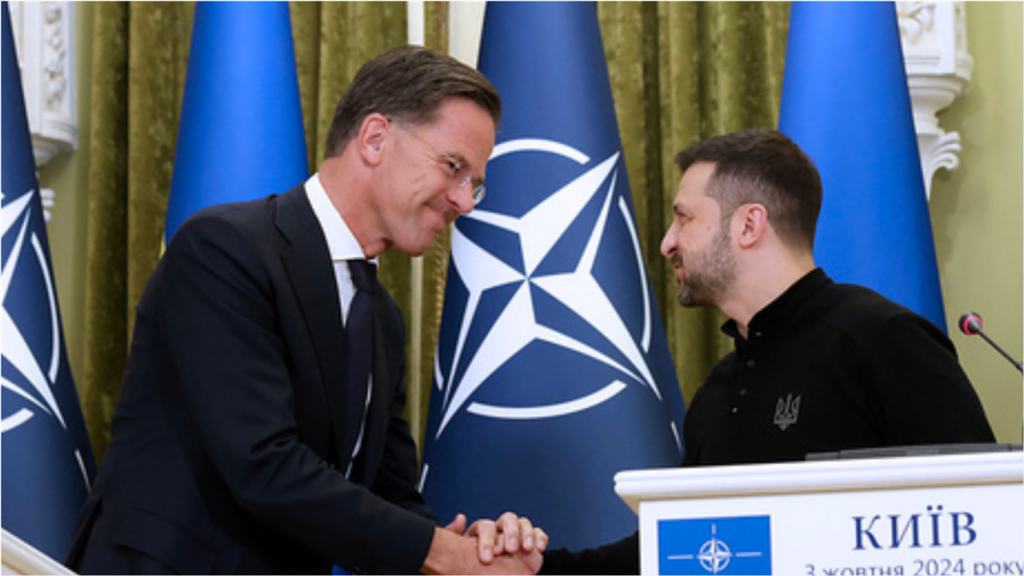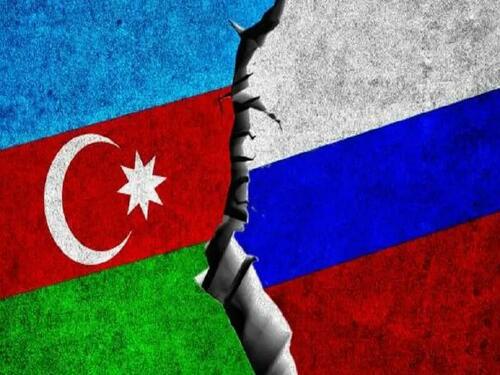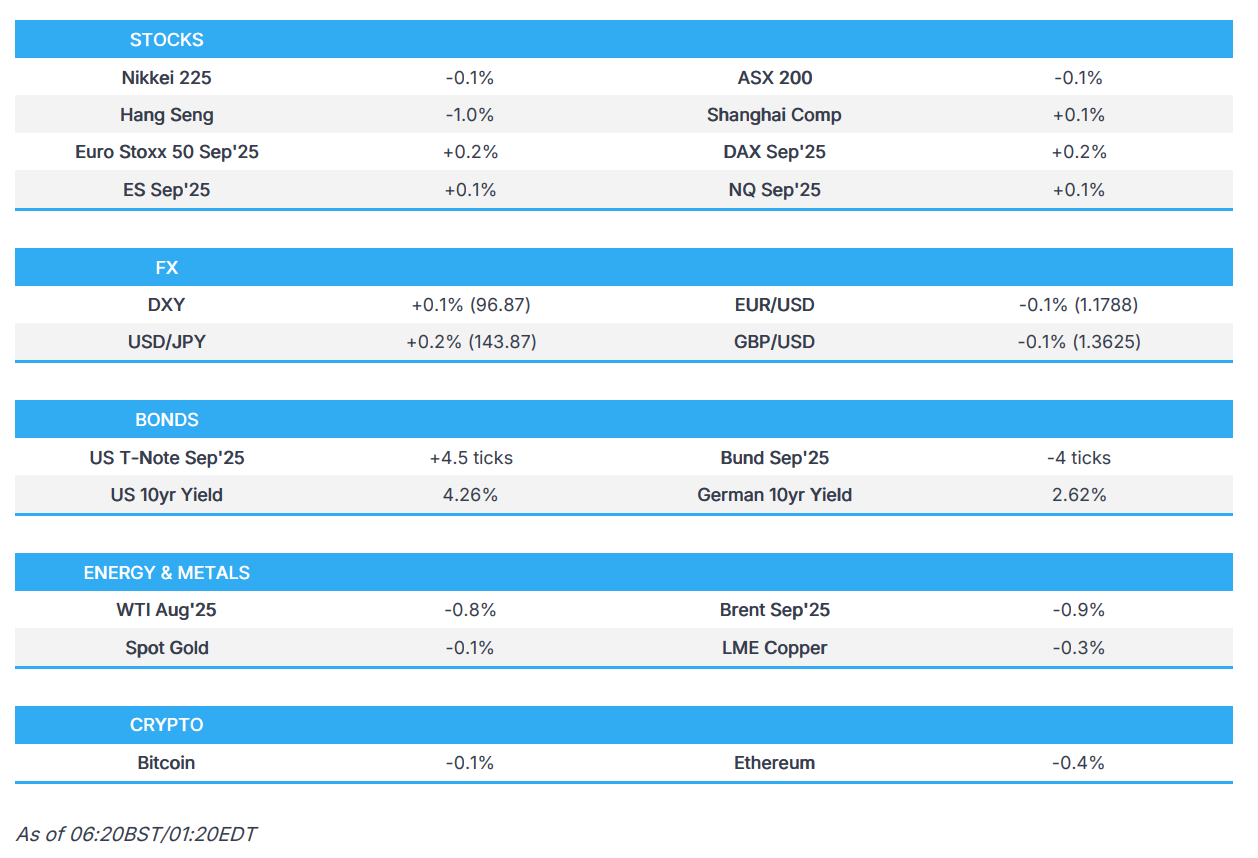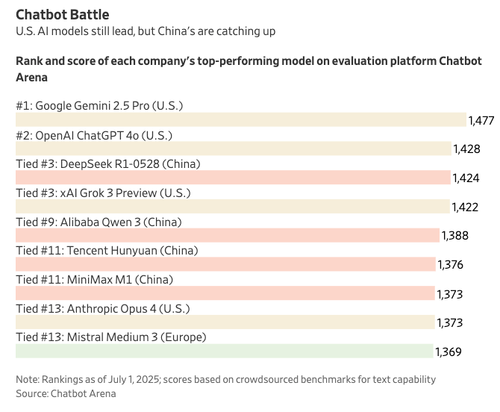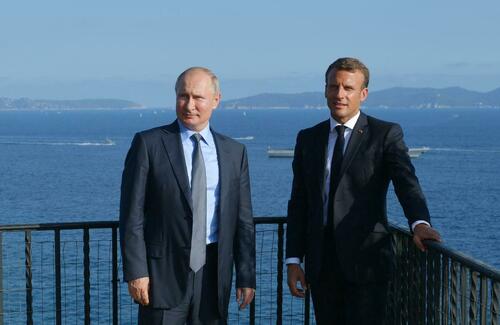India’s Hindustan Zinc Eyes Five Year Timeline To Move Into Rare Earth Metals
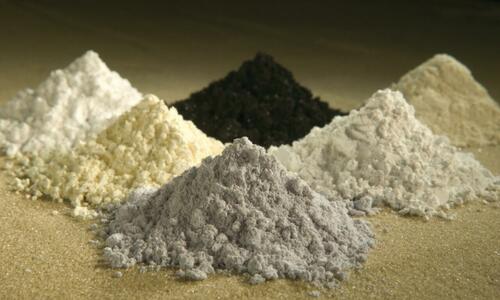
India’s Hindustan Zinc is moving into rare earths, but commercial production could take up to five years, underscoring the hurdles of building a domestic supply chain to challenge China’s grip on the sector. “This (rare earth) is of strategic interest (to India),” said CEO Arun Misra in an interview, according to Nikkei Asia.
The company was the only private bidder to win a monazite mining block in Uttar Pradesh in a government auction in May. However, exploration and reserve analysis will take three to four years. “The first part is exploration and mining, and that itself could take about three or four years, because we have to evaluate (the quantity and quality) of the reserves,” said CEO Arun Misra.
Global supply of permanent magnets is tight after China restricted exports of rare earths like terbium and dysprosium, both used to boost neodymium magnets’ heat resistance. Auto manufacturers have been hit hard, though China claims it is still processing export applications.
India holds 6% of global rare earth reserves but accounts for only 1% of production, compared to China’s 69%. China benefits from large bastnaesite reserves with low thorium content, reducing processing costs—a “huge difference” in operating expenses, Misra noted.
India has 12.73 million metric tons of monazite reserves, mainly in southern beach sands. However, private firms are barred from mining these due to their thorium content, which is reserved for nuclear energy under the Atomic Energy Act. Only state-run Indian Rare Earth Ltd. can mine these areas. “If monazite is decontrolled and allowed to be mined with private participation, and companies like ours participate, it will help India make magnets,” Misra said. “What is known is the (monazite content) in sea beaches, because rare earth mining has happened there for the last so many years.”
EY estimates China holds 44 million tons of rare earth reserves—40% of the global total. In a recent report, EY India’s chief policy adviser D.K. Srivastava stressed the need for more R&D and global partnerships. “Any shortage will serve as a substantiative bottleneck in growth and employment,” he warned.
Nikkei Asia writes that India’s rare earth oxide imports dropped 22% year-on-year in FY 2022-23, but China’s share of those imports rose from 17.5% to 25%. The supply crunch has highlighted India’s broader reliance on imports of key minerals like cobalt, graphite, lithium, and copper—vital for EVs and energy storage. Despite large domestic reserves, India imports 60% of its graphite and does not refine cobalt locally.
According to IEEFA, this reliance will likely persist as demand for critical minerals could more than double by 2030, while domestic production will lag. “This situation (dependence on imports) is likely to continue,” it noted in a 2024 report.
In response, India launched the ₹163 billion ($1.9 billion) National Critical Mineral Mission and tasked the Geological Survey of India with 1,200 exploration projects by 2030-31. The country also aims to secure lithium and cobalt reserves abroad.
Hindustan Zinc is expanding accordingly, having acquired potash and tungsten blocks. It targets 30% of its revenue from critical minerals in five years. While Misra didn’t disclose funding details, he stated, “money was not an issue,” citing a 33% jump in profits to ₹103.5 billion in FY 2024-25. “We would like to work in sectors which are apparently difficult to operate and hence not attractive enough for other big players,” he added.
Loading…


